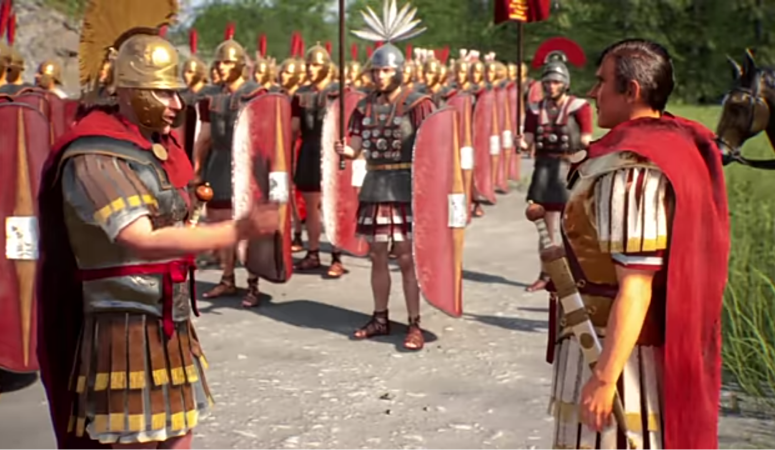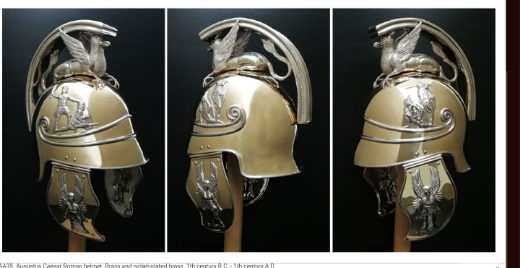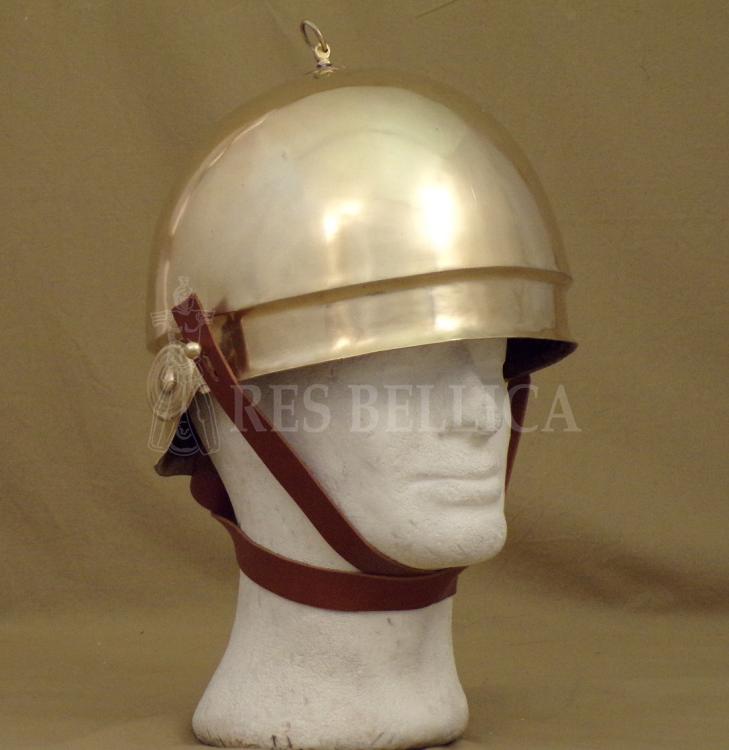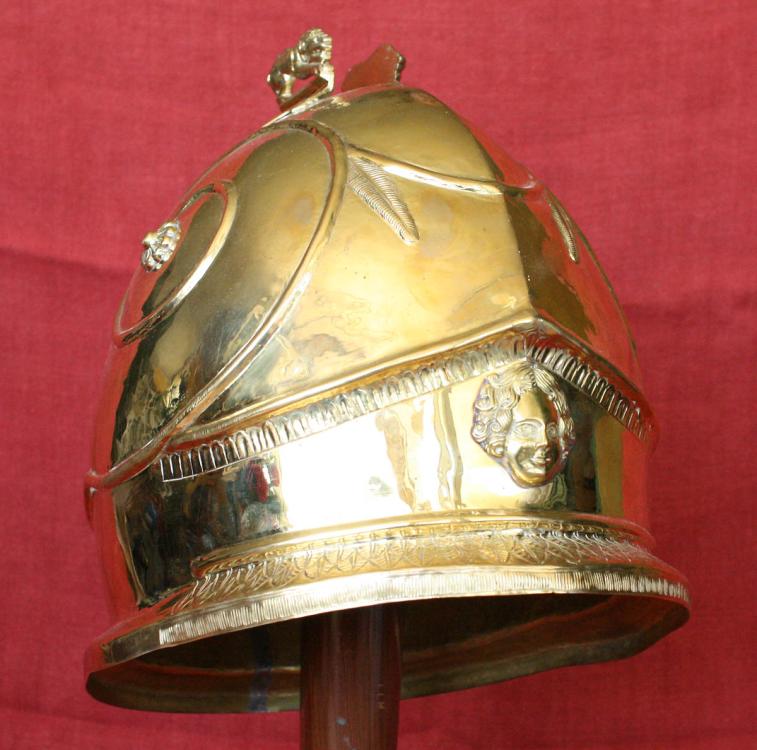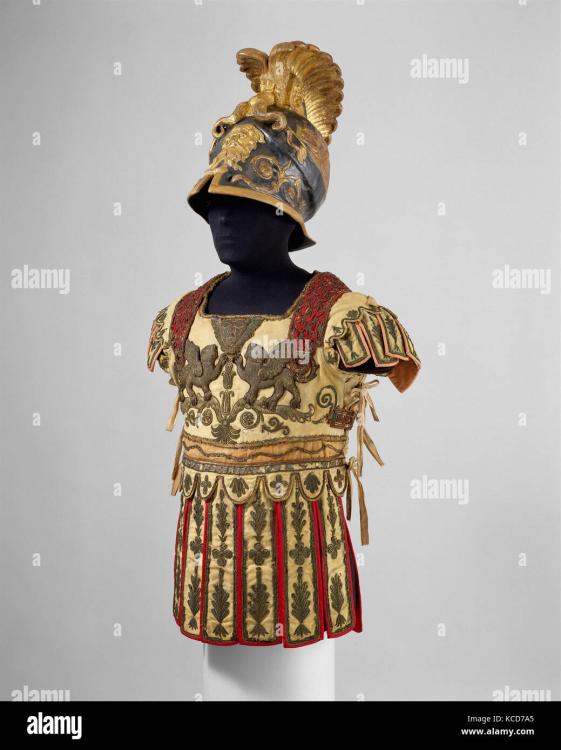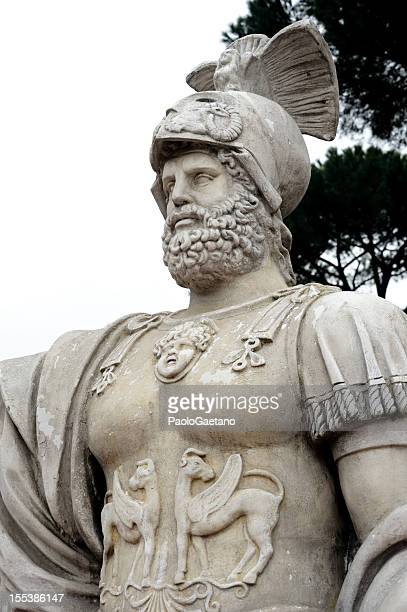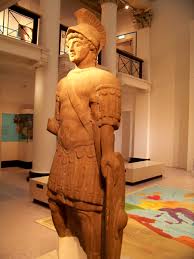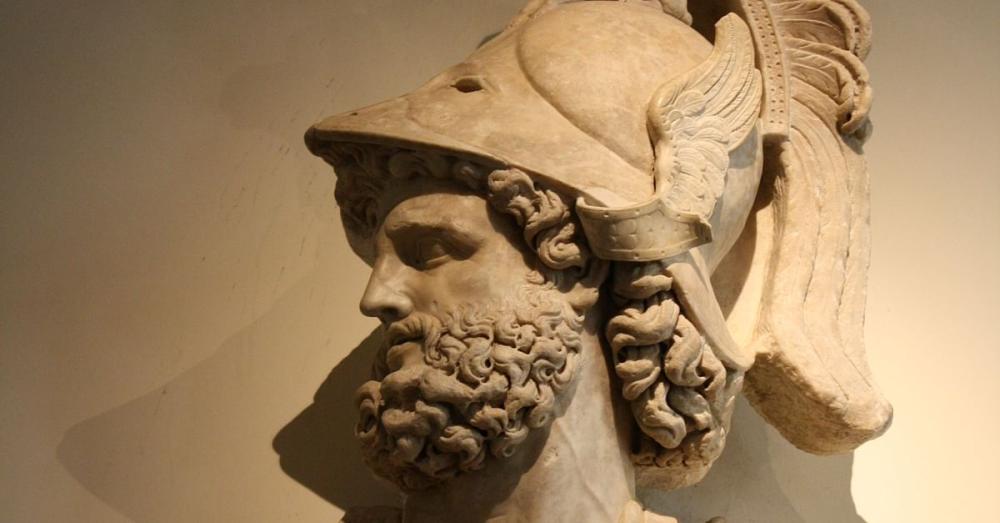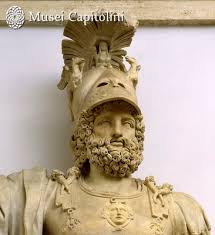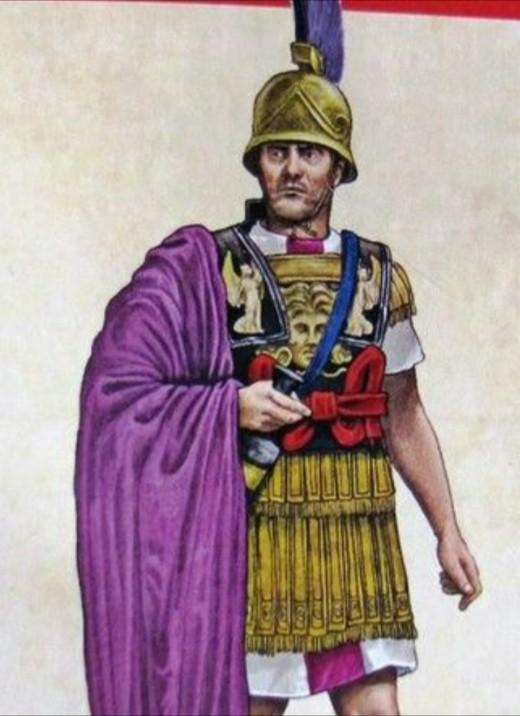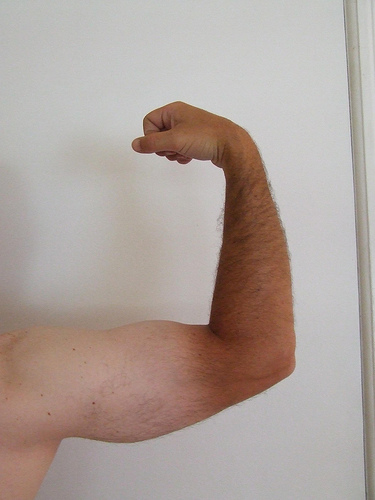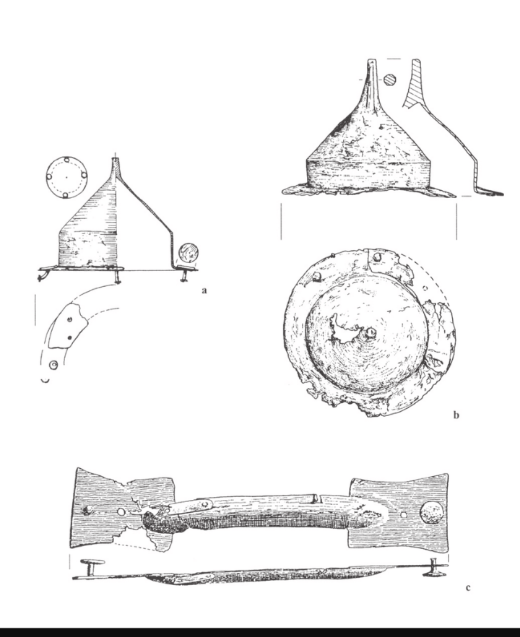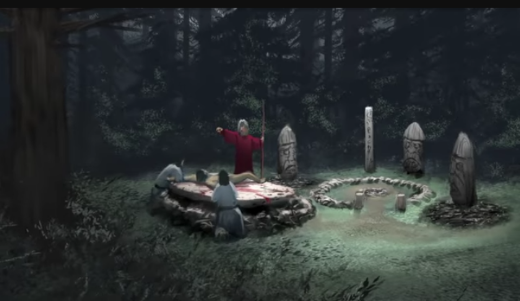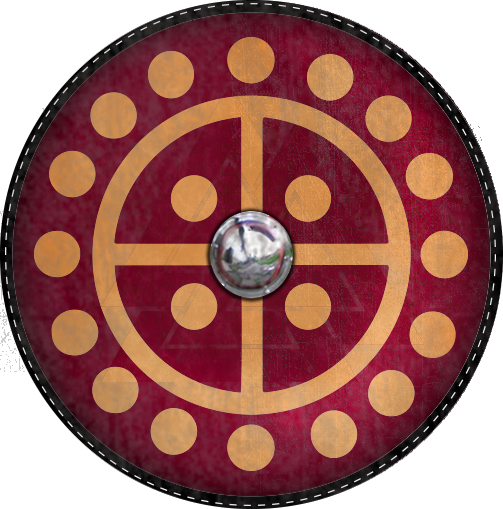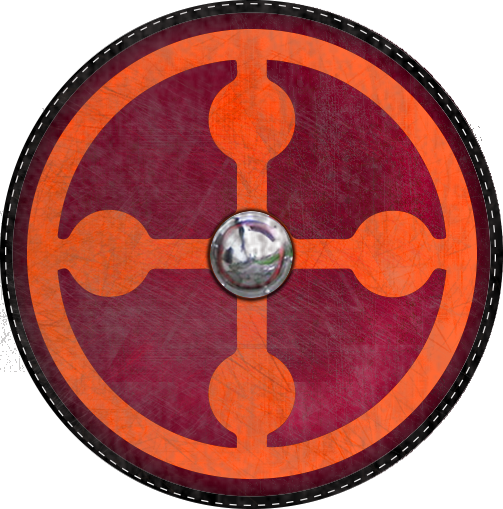-
Posts
25.684 -
Joined
-
Days Won
300
Everything posted by Lion.Kanzen
-
.thumb.png.ce58cea22940c255f5b0a735d5abee36.png)
[Request] Roman Hero helmet (Consular)
Lion.Kanzen replied to Lion.Kanzen's topic in Eyecandy, custom projects and misc.
- 22 replies
-
@Stan`
-
.thumb.png.ce58cea22940c255f5b0a735d5abee36.png)
[Request] Roman Hero helmet (Consular)
Lion.Kanzen replied to Lion.Kanzen's topic in Eyecandy, custom projects and misc.
- 22 replies
-
- 1
-

-
.thumb.png.ce58cea22940c255f5b0a735d5abee36.png)
[Request] Roman Hero helmet (Consular)
Lion.Kanzen replied to Lion.Kanzen's topic in Eyecandy, custom projects and misc.
- 22 replies
-
.thumb.png.ce58cea22940c255f5b0a735d5abee36.png)
[Request] Roman Hero helmet (Consular)
Lion.Kanzen replied to Lion.Kanzen's topic in Eyecandy, custom projects and misc.
Has anyone noticed that the Statues of the Roman gods must have started from some of these real Models? Until now that I remembered certain statues of Mars, I have made the relationship, they must not have been only mythological helmets, they must have been based on the idea of the Hellenistic ideal in their clothing.- 22 replies
-
.thumb.png.ce58cea22940c255f5b0a735d5abee36.png)
[Request] Roman Hero helmet (Consular)
Lion.Kanzen replied to Lion.Kanzen's topic in Eyecandy, custom projects and misc.
- 22 replies
-
.thumb.png.ce58cea22940c255f5b0a735d5abee36.png)
Civ: Imperial Romans (Principates)
Lion.Kanzen replied to wowgetoffyourcellphone's topic in Delenda Est
-
.thumb.png.ce58cea22940c255f5b0a735d5abee36.png)
[Poll] Reserve "1" hotkey for cycling civic centers?
Lion.Kanzen replied to sternstaub's topic in General Discussion
I like the idea but not with the numbers..An H or another letter. maybe home button -
I don't think I insulted you ( literally). He never referred to a style of play, he gave as an example a map whose characteristic is a difficult terrain to build. I sincerely, from experience, which has nothing to do with the style of play, it is not possible to limit the CC to the edge of the map, there would be many areas outside the player's control. Maps like itmo would complicate you to control the edges.
-
.thumb.png.ce58cea22940c255f5b0a735d5abee36.png)
All Civilizations are my favorite.
Lion.Kanzen replied to wowgetoffyourcellphone's topic in Gameplay Discussion
offtopic: sometimes it is necessary to penalize the construction in the first phase, and that they build faster with new technologies, that was also in the AOE. -
.thumb.png.ce58cea22940c255f5b0a735d5abee36.png)
Other strategy games not RTS.
Lion.Kanzen replied to Lion.Kanzen's topic in Introductions & Off-Topic Discussion
what game is this? -
according to the comments they read from the live, I guess the original livestream is on Twitch. a lot of Spanish speaking people asking if 0 AD is still alive because of the number of years the project has been going on. @Stan` We must be stay alert to explain that we are still alive. ----- they were asking the new game update. They noted the date of the release. Most comments are noobs. They explain how to be more efficient with granaries. they complain a bit how the game drops the FPS and the lag.(lack of fluency)
-
she did it because she could. It doesn't make any practical sense to me.
-
From the minutes I saw live, they said: This game makes all the sense in the world.that the capture system is very logical. Which is a pity about the performance, otherwise it would be perfect. The sound of the arrows sounds like scissors.(scissors when they cut). The game is spectacular, everything seems quite enough for a free game.Especially the gameplay details.(Wonders for example with the territorial bonus is a madness). Always the comparisons to AoM ( the music during a battle) and Rise of Nations(territory system).
-
skin color doesn't match. They could do, Greeks with white faces and tanned arms. But not in that weird way.. some examples from the internet @wackyserious My arms are darker than my face for example.
-
.thumb.png.ce58cea22940c255f5b0a735d5abee36.png)
All Civilizations are my favorite.
Lion.Kanzen replied to wowgetoffyourcellphone's topic in Gameplay Discussion
@wowgetoffyourcellphone In Delenda Est your Heroes go from being pedestrian to equestrian. It would be interesting if some could go from having a civil role to a military one. -
I'm going to need @Obskiuras to design some elements .
-
Przeworsk culture shields elements https://www.researchgate.net/figure/Traces-of-repairs-located-on-shield-elements-a-Kamienczyk-grave-293-DABROWSKA-1997_fig1_329308673
-
.thumb.png.ce58cea22940c255f5b0a735d5abee36.png)
All Civilizations are my favorite.
Lion.Kanzen replied to wowgetoffyourcellphone's topic in Gameplay Discussion
It would be interesting to be able to switch them. -
.thumb.png.ce58cea22940c255f5b0a735d5abee36.png)
Civ: Germans (Cimbri, Suebians, Goths)
Lion.Kanzen replied to wowgetoffyourcellphone's topic in Delenda Est
I was thinking of replacing it. Do you have references? -
.thumb.png.ce58cea22940c255f5b0a735d5abee36.png)
Civ: Germans (Cimbri, Suebians, Goths)
Lion.Kanzen replied to wowgetoffyourcellphone's topic in Delenda Est
We could put crows flying. I want this wonder of one sensation or several, a sacred place but at the same time a dark place, of mystery and paganism, that the enemies feel fear. -
.thumb.png.ce58cea22940c255f5b0a735d5abee36.png)
Civ: Germans (Cimbri, Suebians, Goths)
Lion.Kanzen replied to wowgetoffyourcellphone's topic in Delenda Est
-
.thumb.png.ce58cea22940c255f5b0a735d5abee36.png)
Civ: Germans (Cimbri, Suebians, Goths)
Lion.Kanzen replied to wowgetoffyourcellphone's topic in Delenda Est
-
I was thinking the same thing, relics while optional but should be as a bonus in standard mode. As well as treasures there should be hidden and autogenerated relics on the map, to be kept in the temple or in the or/and palaces (SB1-3). Relics are originally worship fetishes, but they can also be spoils of war that generate pride for the nation that finds them. A lost Roman Eagle(Aquila)?


